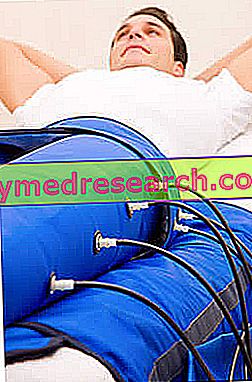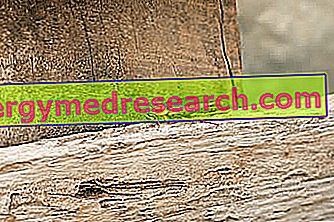Functions in the Body
Chlorine is the main anion (negatively charged ion) intra and extracellular; two-thirds (about 70%) is found outside the cells, the remainder inside them, in the bone and in the connective tissue.
Chlorine is particularly abundant in gastric juices, in particular in hydrochloric acid, which plays an essential role in protein digestion and in defense against germs introduced with food.

Once absorbed, it intervenes in the regulation of the acid-base balance, the osmotic pressure and the water balance (it regulates the distribution of the liquids inside and outside the cells and with it the volume, that is the volume of blood present in the body); it also facilitates the transport of carbon dioxide by red blood cells.
Chlorine in food
The main source of food chlorine is cooking salt; the presence of chlorine in foods therefore reflects their concentration in sodium chloride.
Seasoned foods, cheeses, cured meats, water and savory baked goods are particularly rich.
Requirements, Deficiency, Excess
The recommended daily dose is very similar to that proposed for sodium, in the order of 1-5 grams per day; generally a higher amount of chlorine is assumed, which in healthy people is eliminated via the kidney without causing problems. It is therefore very difficult for chlorine deficiencies to occur, however possible in the presence of vomiting (due to the massive elimination of gastric juices), diarrhea (due to inadequate intestinal exchange with bicarbonates) or excessive sweating.
A chronic overdose of chlorine, since it is accompanied by an excessive sodium intake, favors the onset of hypertension.



